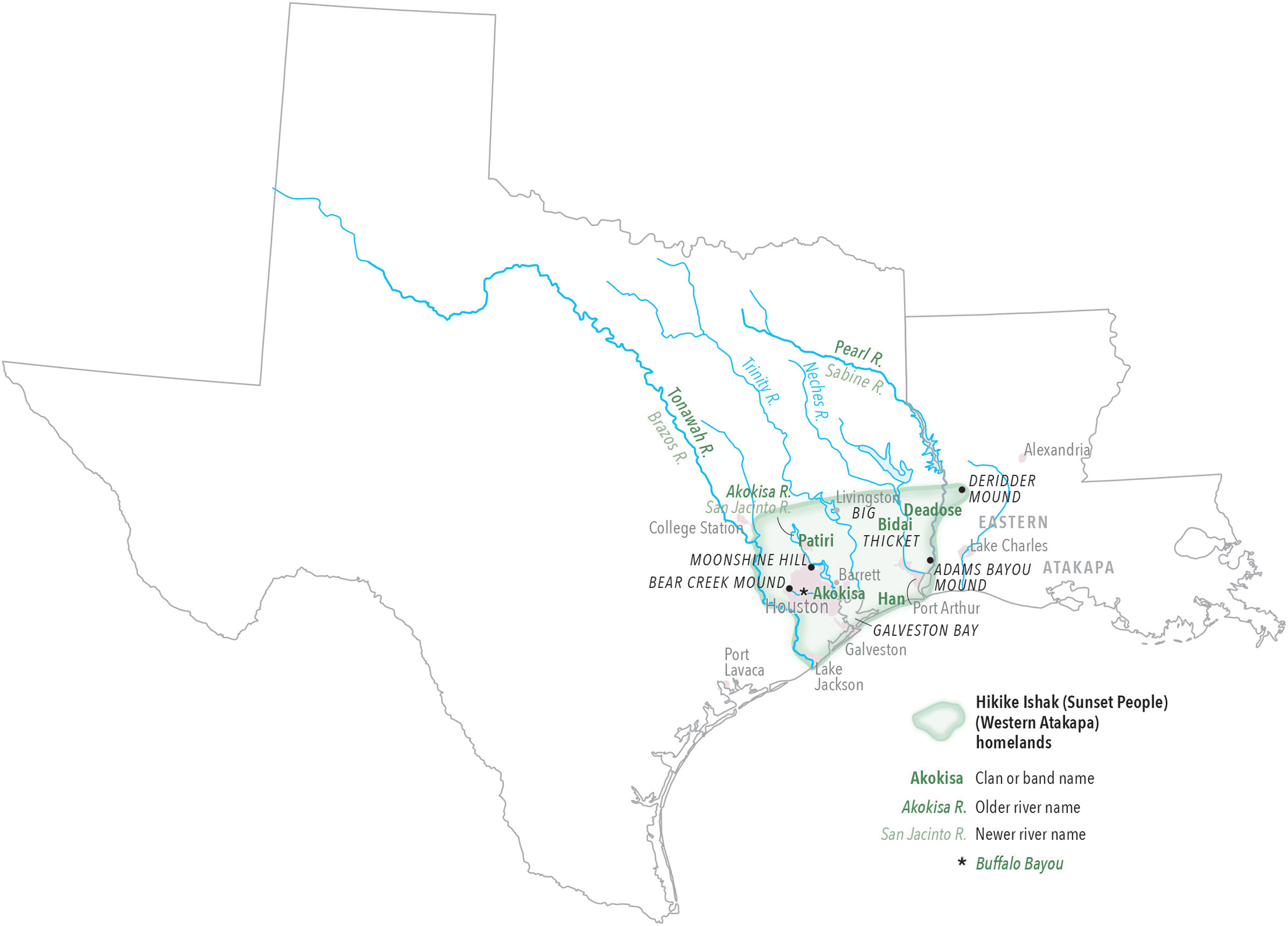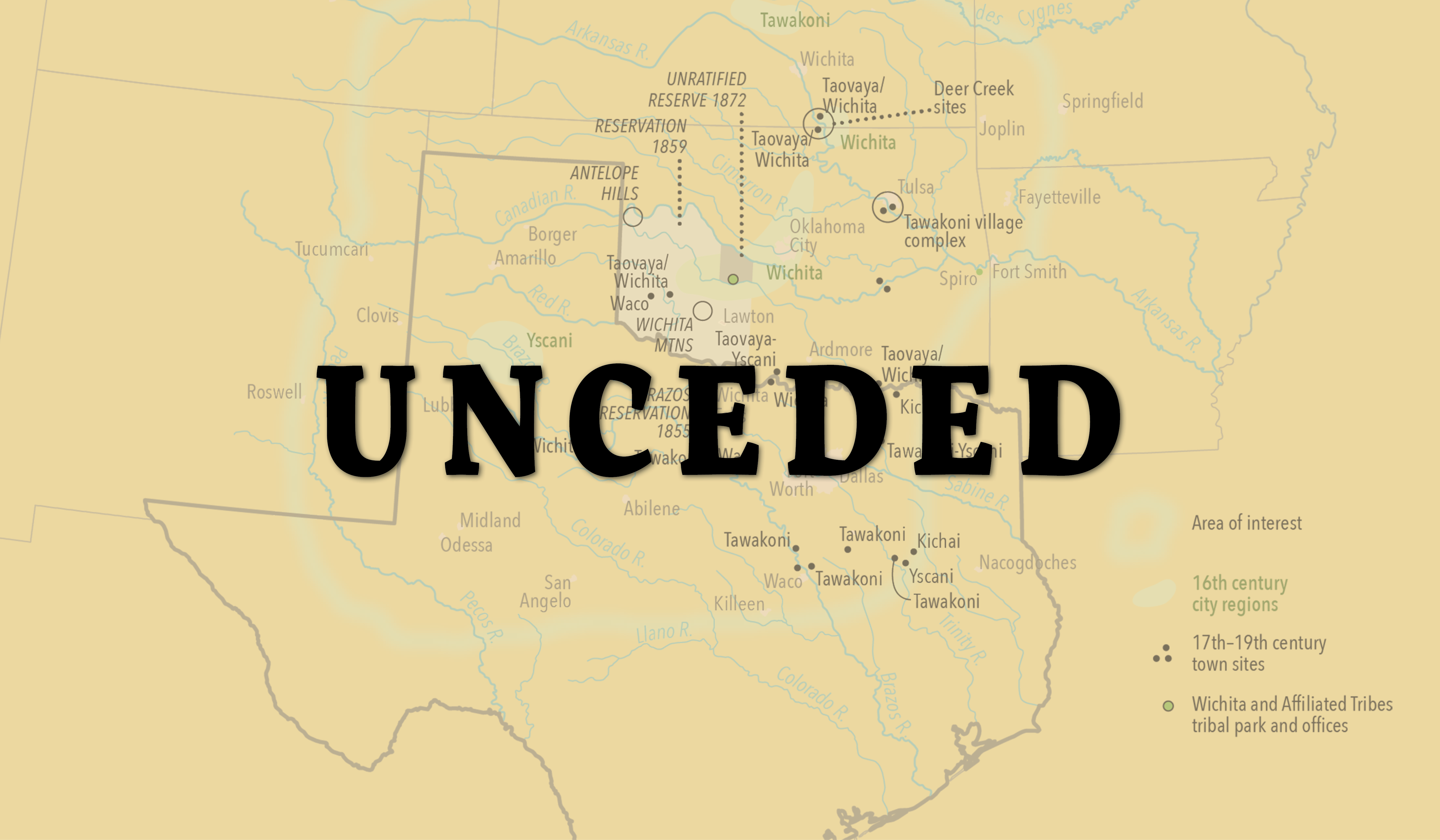The Texas Observer acknowledges that Texas occupies the unceded homelands of many Indigenous communities and nations, past and present, and remains home to Indigenous people today. We honor the people with origin stories and traditional ties to these lands, those whose territories include present-day Texas, those who came here by forces removal, those who were forcibly removed, and all Indigenous communities who have maintained relationships with the land.
The history of colonial violence against Indigenous people continues to this day, often fostered by journalists who have promoted that violence through condescension, stereotypes, or silence. To counteract that history, the Texas Observer is committed to increasing coverage of Indigenous people, hiring Indigenous staff and fellows, and training journalists in the protocols necessary to respectfully and accurately report in Indigenous communities.
As well, the Observer is collaborating with tribal representatives to map their homelands and significant places on their own terms, as they with to describe them. We will feature these map collaborations here, along with interviews or other details for a better understanding of the places and stories in the map.
We recognize that simply acknowledging the land and its communities will not return land to its traditional caretakers, but we hope you will find this acknowledgement, and these resources, useful for understanding that this was, and always will be, Indigenous land.

The Texas Observer Lives!
After a terrifying near-death experience, we live to muckrake another day.

Mapping Indigenous Communities of Texas: Atakapa Ishak
The Ishak built mounds tall enough to escape floods and hurricanes in southeast Texas.

Mapping Indigenous Communities of Texas: Wichita and Affiliated Tribes (kirikir?i:s)
The Wichita built towns along Red and Brazos River in North Texas. Those sites remain important to the tribe to this day.